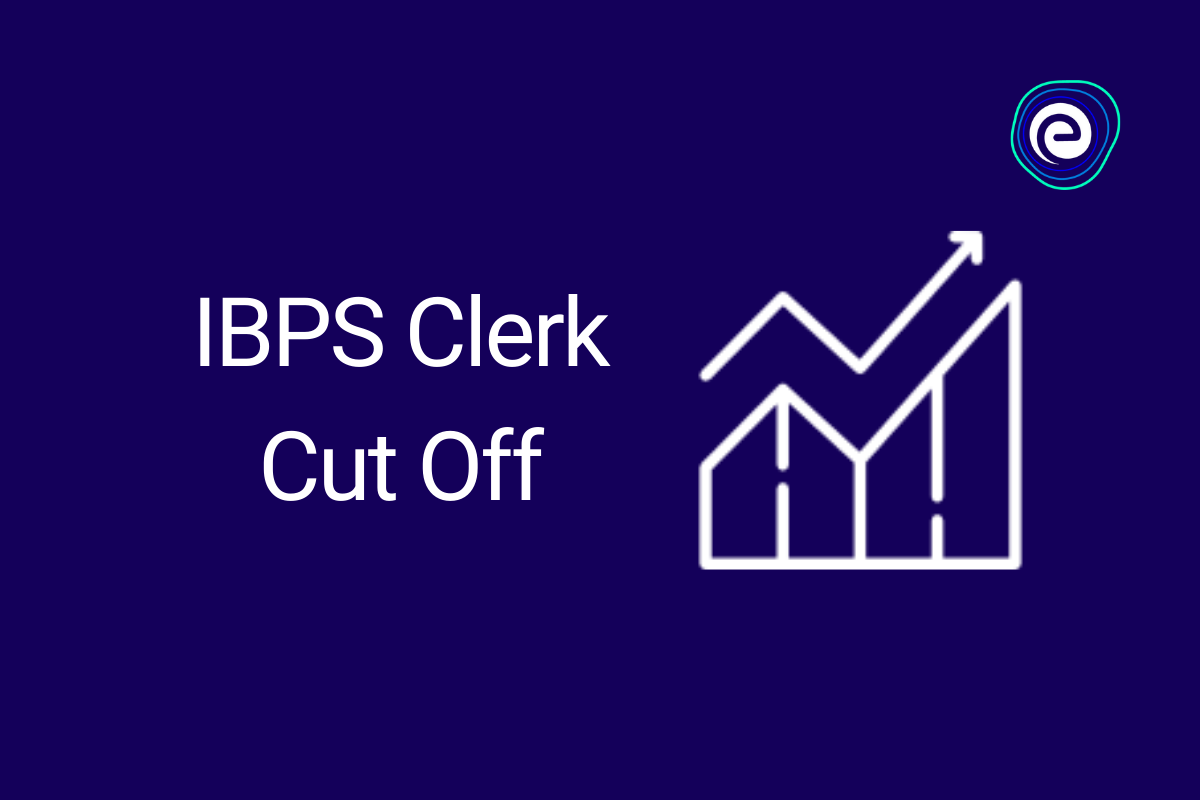
The IBPS Clerk exam is a highly competitive examination conducted by the IBPS (Institute of Banking Personnel Selection) to recruit candidates for clerical positions in public sector banks in India. One of the crucial aspects of this exam is the cut off score, which determines the minimum marks required to qualify for the next stage or secure a position.
Understanding the factors that drive the IBPS clerk previous year cut off score can provide valuable insights for aspirants preparing for the exam. This article explores the key factors that influence it.
Difficulty Level of the Exam: The difficulty level varies yearly. Some years may have exams with more challenging questions or complex patterns, while others may be relatively easier. The difficulty level directly affects the performance of candidates and, subsequently, the score. If the exam is more difficult, it can lead to a lower score, allowing a higher number of candidates to qualify. Conversely, if the exam is effortless, it may be higher.
Number of Vacancies: The number of vacancies available in a particular year significantly impacts the score. If the number of vacancies is high, it tends to be relatively lower, as there are more positions to be filled. On the other hand, if the number of vacancies is limited, the competition becomes fierce, leading to higher cut offs. The variation in vacancies from year to year directly affects the marks of the previous year.
Number of Applicants: The total number of applicants appearing for the exam in a specific year plays a crucial role. Higher competition due to a larger pool of applicants leads to a higher score. Conversely, if the number of applicants is relatively low, it may be lower as well. The number of applicants can fluctuate yearly based on factors such as economic conditions, job market trends, and awareness among candidates.
Reservation Policies: In India, reservations are provided to candidates belonging to SC (Scheduled Castes), ST (Scheduled Tribes), Other Backward Classes (OBC), and Economically Weaker Sections (EWS). The reservation policies impact the marks by introducing separate marks for candidates from reserved categories. Generally, the reserved categories’ cut-offs are lower than the general category. The proportion of reserved category candidates appearing for the exam also influences the marks.
Previous Year’s Performance: If the overall performance of candidates is exceptional, it raises the benchmark. On the other hand, if the performance is relatively weaker, it may be lower. The previous year’s performance acts as a reference point for setting the score, as it reflects the overall quality and competence of the candidate pool.
Normalization Process: The IBPS exam is conducted in multiple shifts, and a normalization process is applied to ensure fairness in the evaluation. The normalization process adjusts the marks of candidates to account for variations in difficulty levels across different shifts. The normalization helps in equalizing the scores and ensures a fair comparison of candidates across all shifts. The process has an impact on the IBPS clerk previous year cut off as it brings consistency to the evaluation process.
Sectional Cut Off: Candidates need to clear the marks for each section, including English Language, Quantitative Aptitude, Reasoning Ability, and General Awareness. It adds a layer of complexity to the evaluation process and can influence the overall marks.
Conclusion
Understanding the factors that drive the score can provide valuable guidance to aspiring candidates preparing for the IBPS clerk exam. By analyzing the previous year’s cut off, candidates can get an idea of the competition level, set realistic goals, and plan their preparation accordingly. It is essential to adapt to the changing dynamics of the exam and focus on building a strong foundation in all sections to increase the chances of qualifying for the next stage and securing a position as a clerk.